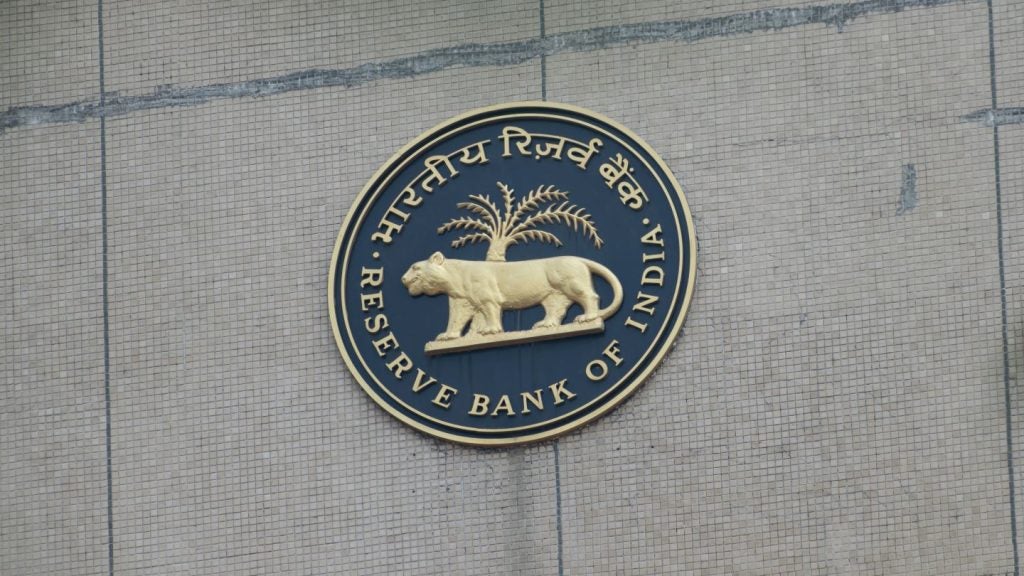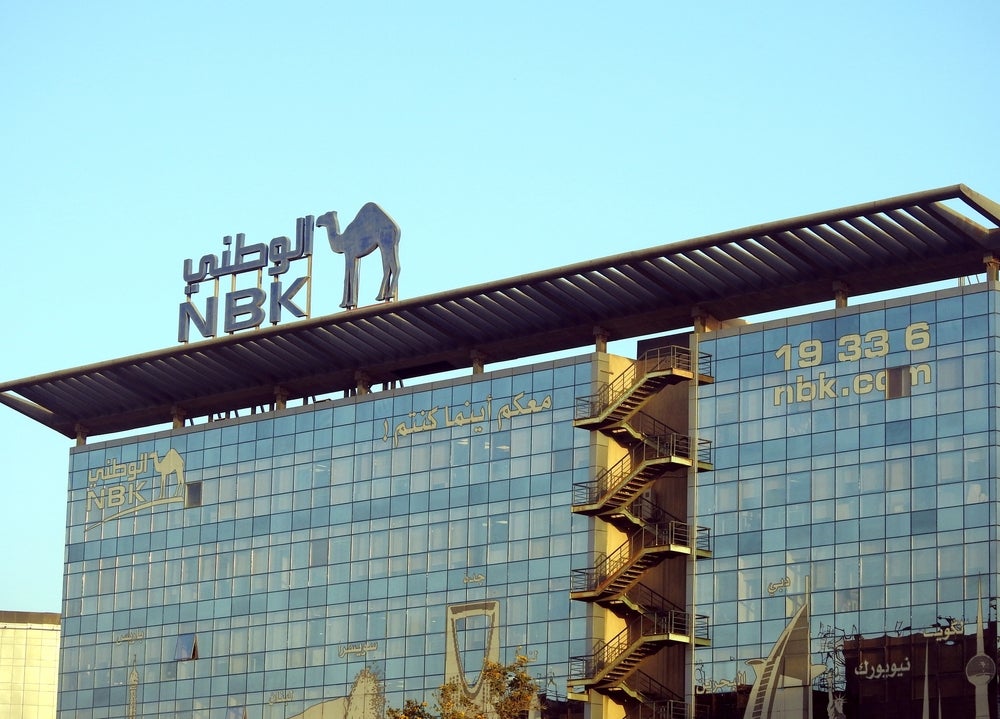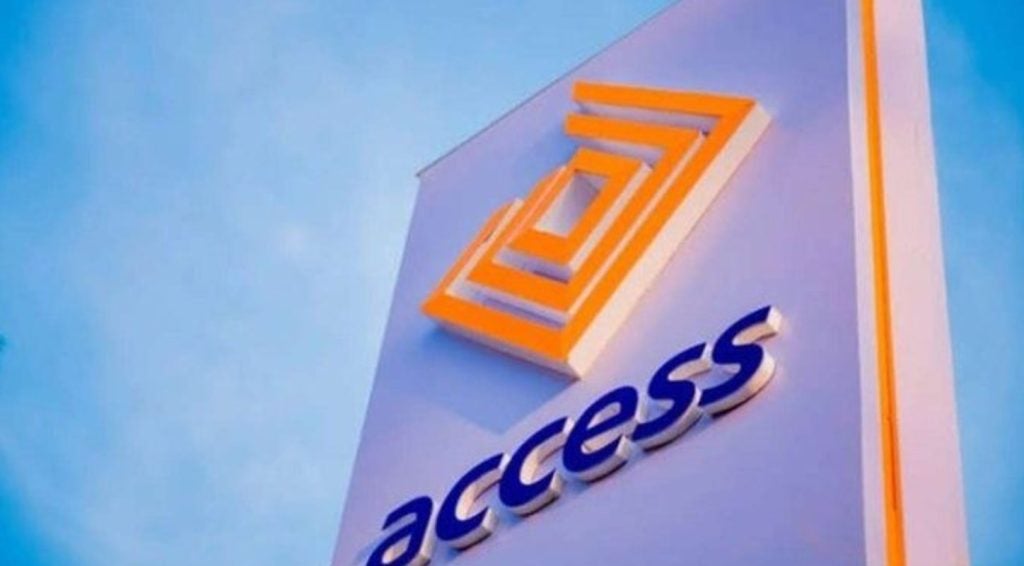Bank of Internet USA is a
relatively new, small-scale US retail banking competitor that
stands out from the crowd because of its online-only business model
targeting very specific market segments such as recreational
vehicle owners. Charles Davis talks to Gary Lewis Evans, CEO, about
the bank’s strategy
There’s branching, and then there is
cyberbranching, or so says Gary Lewis Evans, CEO of Bank of
Internet USA, an internet-only bank that is hoping to redefine
markets – and banking, for that matter. The bank runs a series of
online banking subsidiaries organised around domain names targeting
specific market segments, such as rvbank.com for recreational
vehicle (RV) aficionados, bancodeinternet.com for Hispanic
immigrants (a site still under construction, Lewis says) and
apartmentbank.com for those in search of apartment financing.
“We create domains as branches, and we look for finite markets that
we can build content around,” Evans said. “We look at the internet
as an opportunity for a bank to tailor sites at demographics, with
no concern for geography at all. We are not a huge bank, so we use
the affinity to build a site with lots of non-banking content and
build community.”
RV owners are a case in point: the San Diego-based Bank of Internet
USA launched rvbank.com for less than $100,000 and garnered a great
deal of attention by hiring a consultant who is travelling the
country in an RV with his wife and four kids for a year, while
posting his experiences – including his use of Bank of Internet –
on rvbank.com and other sites. The site has a blog that bustles
with questions about directions and rest areas and other travel
tips, as well as links to campingworld.com, roadtripamerica.com and
other related sites.
To encourage the RV crowd – a migratory crowd if ever there was one
– the bank gives anyone who opens an account a monthly rebate of up
to $10 to cover other banks’ ATM surcharges. Other than that, the
products and services offered on rvbank.com are the same as those
offered through the bank’s main site, bofi.com, including free
online bill payment and online access to statements.
“We look at each of our sites as another branch of our bank in
cyberspace,” said Evans, noting that the total assets of Bank of
Internet USA are nearing the $1 billion mark. “We are looking for
affinity markets we can build sites to reach and the RV market is a
perfect example of our strategy.”
How well do you really know your competitors?
Access the most comprehensive Company Profiles on the market, powered by GlobalData. Save hours of research. Gain competitive edge.

Thank you!
Your download email will arrive shortly
Not ready to buy yet? Download a free sample
We are confident about the unique quality of our Company Profiles. However, we want you to make the most beneficial decision for your business, so we offer a free sample that you can download by submitting the below form
By GlobalDataThe number of US households that own at least one RV has climbed 15
percent since 2001 and 58 percent since 1980, to nearly 8 million
last year, according to a University of Michigan study commissioned
by the Recreation Vehicle Industry Association.
“The RV market is a natural outgrowth of the baby boom generation
hitting retirement,” Evans said. “It’s a great demographic and a
market actively seeking online banking options.”
To capture an even larger share of that retirement market, Bank of
Internet launched seniorbofi.com to attract seniors, with content
aimed at financial planning and retirement lifestyles. Features
include the ability to set the type size from a set of large-print
buttons, and a blog for seniors. The goal is to create a community
around the online banking site. Evans said the bank actively
e-mails its customers and welcomes posts to its bank sites to
foster an even greater sense of community.
“I’m on e-mail with customers all the time – I have to be the most
accessible CEO of a billion-dollar bank in the world,” he said.
“Every customer of each site knows they can e-mail anyone in the
bank, any time, and get a response from us directly.”
In seven years of existence, the bank has built a business that has
been profitable for nearly two years, even as a plethora of
internet start-ups have come and gone. Evans attributes the bank’s
fiscal health to what he describes as an “assembly line” approach
to financial services, in which loans, for example, are handled by
a succession of experts, from origination to funding to repayment.
“We’re a traditional bank that uses technology to increase
efficiency,” said Evans. “We pass the products down the line, and
that increases our speed while lowering our costs.”
Bank of Internet has only 25 employees in the entire operation –
about the same as a single bricks-and-mortar bank branch. Because
of its low cost structure, Bank of Internet can maintain
profitability with a razor-thin net interest margin of just 2
percent, Evans said. Most bricks-and-mortar banks need a 3 percent
to 5 percent spread to make money, he said. “We’ve driven general
administrative costs down to 10 to 12 basis points,” he said. “And
we’ve done that while we’ve added domains to the bank.”
Evans said he realised before launching the online bank that “the
whole business of banking comes down to managing a bunch of digits”
– a recognition that banking is becoming a commodity for which
interest rates matter most.
“Give a customer the choice between a lot of marketing and branches
full of people and half a percent interest, or no frills and 5
percent interest, and we believe that a rational consumer will
select the 5 percent,” he said. “Banking becomes more of a price
game every day, as consumers now think nothing of shopping for
loans and interest rates online and picking the low bidder.”
Evans said that during an era dominated by a flat yield curve, the
Bank of Internet is expanding into other types of loans to improve
its income potential. It makes apartment loans, and began offering
home equity loans recently.
“The flat yield curve is tough because we live off net interest
margin, possibly more than most banks,” Evans said. “A lot of banks
have fees and other things that keep them going… We are focused on
developing loyalty. We believe that we have the right low-cost
model for a commodity banking world.”







